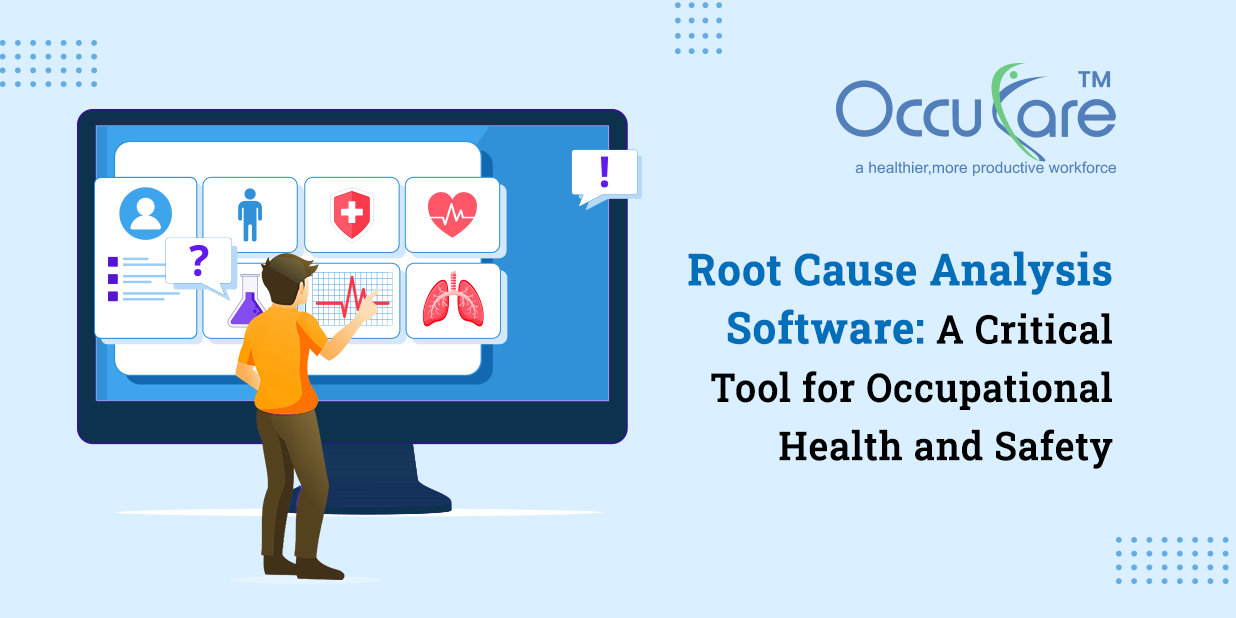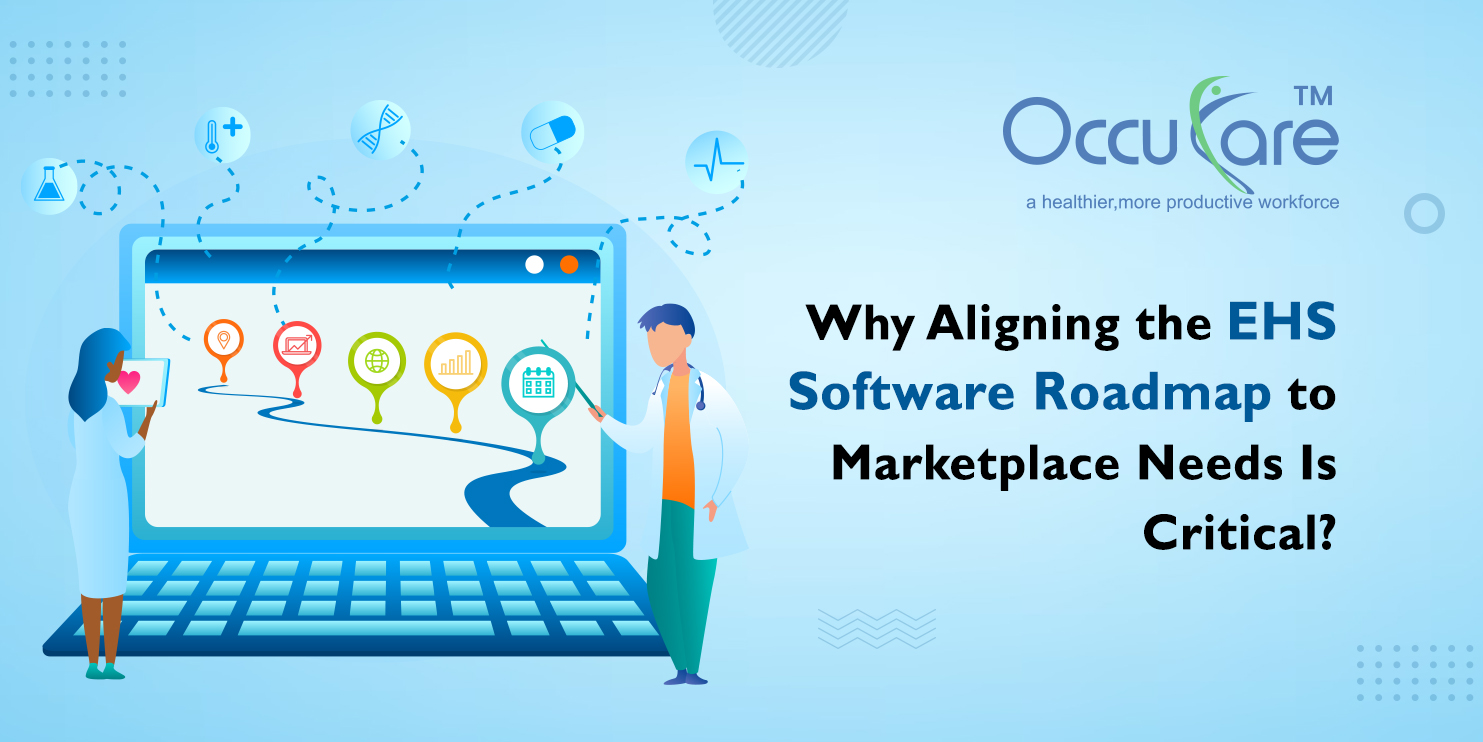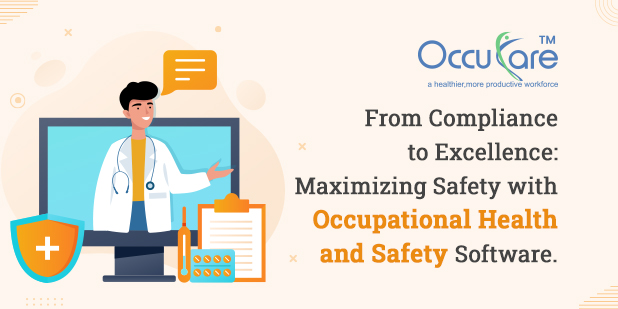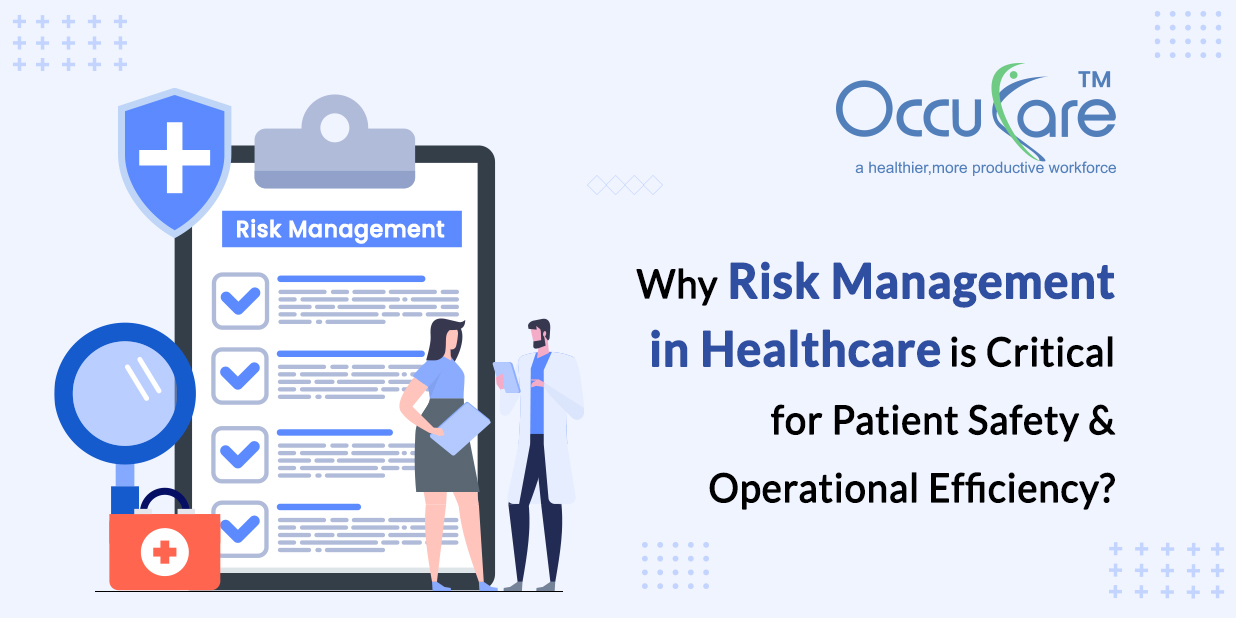It is critical to protect employees’ safety and wellbeing in today’s hectic work situations. Strict procedures are needed for Occupational Health and Safety (OHS) to detect and reduce hazards. Root Cause Analysis is one of the most useful approaches used in this context (RCA). The implementation of Root Cause Analysis Software can yield notable improvements in an organization’s capacity to avert incidents and elevate overall safety procedures. The significance of Root Cause Analysis Systems and the revolutionary potential of RCA Software to transform workplace health and safety procedures will be explored in this essay.
Understanding Root Cause Analysis:
Fundamentally, Root Cause Analysis is a methodical approach to determining the underlying causes of issues or accidents. RCA aids organizations in occupational health and safety by helping them comprehend the cause of an incident and devising strategies for averting future occurrences. The conventional RCA techniques can be laborious and prone to human mistake. But now that RCA Systems are available, businesses may simplify this procedure and increase its accuracy and efficiency.
Role of Root Cause Analysis Software:
Software for Root Cause Analysis provides methods and tools to make the RCA process easier. These tools aid in data analysis and pattern recognition in addition to helping with event documentation. Organizations may guarantee an organized approach to incident investigation by putting RCA Software into practice. Maintaining compliance with legal standards and promoting a safety culture at work depend heavily on this systematization.
Benefits of Using RCA Software in Occupational Health and Safety:
- Enhanced Efficiency: The enhanced efficiency that Root Cause Analysis Systems provide to event investigations is one of its main benefits. Inaccuracies and delays are common outcomes of manual operations.
- Improved Accuracy: A common flaw in conventional RCA procedures is human error. Businesses can reduce these errors by using this Software. The program ensures consistency in investigations by offering consistent frameworks and templates. This precision is essential for making well-informed choices that improve worker safety.
- Data Driven Insights: Through the application of Root Cause Analysis Systems, companies can gather and examine data in a thorough manner. With the use of this data-driven methodology, safety experts can spot patterns and reoccurring problems in their operations. Organizations can improve safety results by proactively mitigating risks through the implementation of solutions derived from an understanding of these patterns.
- Regulatory Compliance: Respecting health and safety rules are a must in many sectors. Organizations can maintain compliance by using Root Cause Analysis Systems, which offer the required reporting functionality and documentation. This guarantees that every occurrence is recorded, examined, and evaluated in compliance with legal requirements.
Implementing Root Cause Analysis Software: Best Practices
To maximize the benefits of Root Cause Analysis Software, organizations should consider the following best practices:
- Train Employees: When a new RCA System is being implemented, training is essential. Workers must comprehend the root cause analysis fundamentals and how to use the software efficiently to promote a safe work environment. Providing frequent training sessions will assist in integrating RCA procedures into the corporate culture.
- Integrating with Existing Systems: Integrating OccuCare Software with current safety management systems will maximize its usefulness. The organization can see safety performance holistically thanks to this integration, which facilitates smooth data flow.
- Encourage a Reporting Culture: Organizations should foster a culture where reporting occurrences are accepted without fear of retaliation to get the most out of Root Cause Analysis Systems. Workers should feel secure in reporting accidents, injuries, or dangerous circumstances. Strong reporting practices improve the RCA data pool and produce more thorough assessments.
- Review and Update Regularly: The field of safety is always changing. To make sure they are using the most recent features and best practices, organizations should routinely check their RCA Systems and software. With this strategy to continual improvement, the firm will maintain its leadership in safety management.
Case Studies: Successful Implementation of RCA Software
- Manufacturing Industry: The application of root cause analysis software led to a notable reduction in workplace mishaps in a large manufacturing company. The safety team used the program to find common characteristics that lead to injuries caused by machines. Equipped with this information, they launched focused training initiatives, which resulted in a 30% decrease in incidents throughout the subsequent year.
- Health Care Sector: Patient safety issues presented difficulties for a healthcare provider. The organization methodically examined events involving prescription errors by implementing an RCA System. The new found understanding resulted in process modifications and enhanced communication guidelines, which significantly decreased errors and increased patient safety.
Challenges in Implementing RCA Software
Although Root Cause Analysis Software has many advantages, there are several implementation issues that organizations may run into:
- Resistance to Change: Workers used to conventional procedures could be reluctant to embrace new technology. Effective change management techniques, such as clear communication on the advantages of RCA Software, are necessary to overcome this resistance.
- Data Overload: The problem of data overload arises with the power of data. The amount of data produced by RCA Systems may be too much for organizations to handle. Prioritizing actionable insights and concentrating on key performance indicators are crucial in overcoming this.
- Cost Consideration: An RCA System’s implementation may come with hefty upfront expenses. Companies need to balance these expenses with the possible savings and profits from higher safety standards. The original investment is often justified by the long-term return on investment.
Future of RCA Software in Occupational Health and Safety
It is anticipated that forthcoming technological developments, such artificial intelligence and machine learning, would augment the functionalities of RCA Systems. These developments might make predictive analytics possible, enabling businesses to anticipate possible problems and take preventative measures.
Furthermore, incorporating mental health factors into RCA procedures will become crucial as the emphasis on employee well-being increases.
Conclusion:
To sum up, Root cause analysis software is a vital tool for improving worker safety and health. Organizations may efficiently identify, which facilitates accurate and efficient investigations. Investing in a strong system will be essential for firms hoping to promote a continuous improvement and safety culture, as industries continue to prioritize worker safety. Adopting this technology enhances the organization’s dedication to excellence in health and safety while also protecting its workforce.










































































